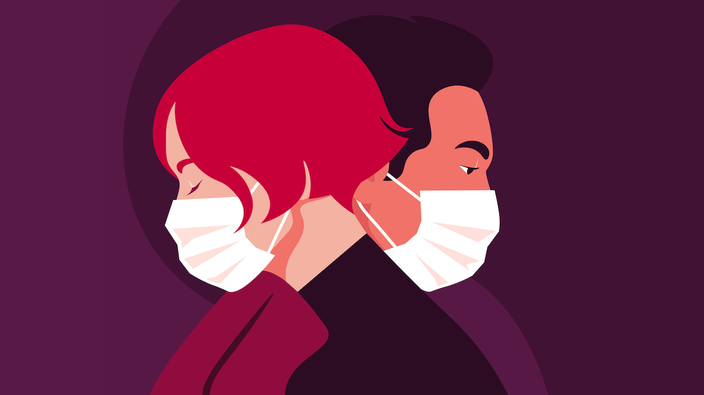“the problems with capacity, with beds, with staffing — those are going to take years to address,” he told ctv.
in contrast, ctv reports, dr. jeffrey pernica, infectious disease specialist and associate professor in pediatric medicine at mcmaster children’s hospital in hamilton, ont., isn’t behind reintroducing mask mandates beyond health-care settings. he is especially concerned about mask mandates for children and questions the benefit of masking again in schools.
“i think it’s hard to know exactly what proportion of transmission those [mandates] prevented,” he told ctv. “i have some questions about whether [those mandates] are going to be acceptable for the majority of kids and families,”
pernica also stressed the importance of masking for health providers taking care of patients, including kids with viral and respiratory illnesses.
in alberta, premier danielle smith said in a statement she will not allow any masking mandates of children in schools. this follows a court ruling on the government’s decision to drop and block these mandates, the calgary herald reports.
“we must turn the page on what has been an extremely difficult time for children, along with their parents and teachers,” the premier’s statement says.
 4 minute read
4 minute read



